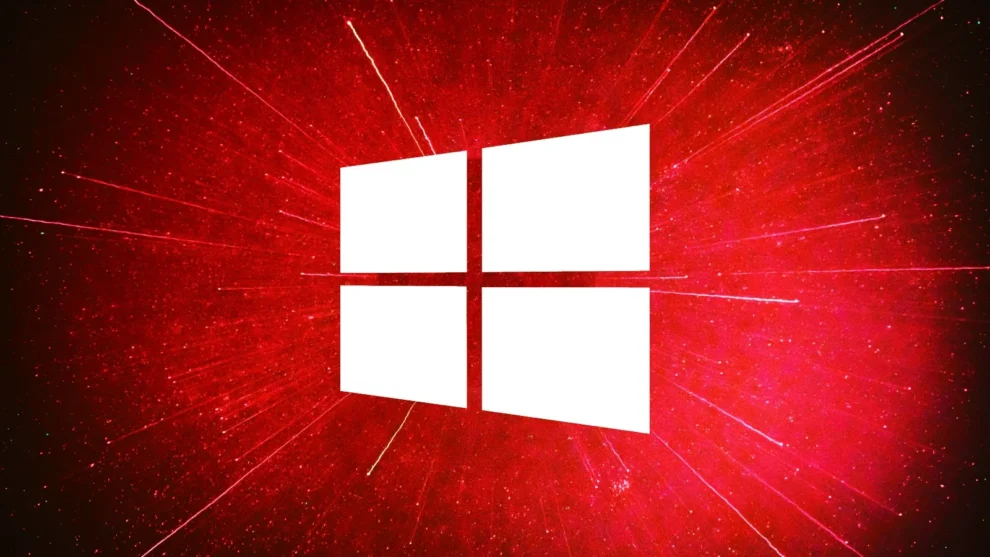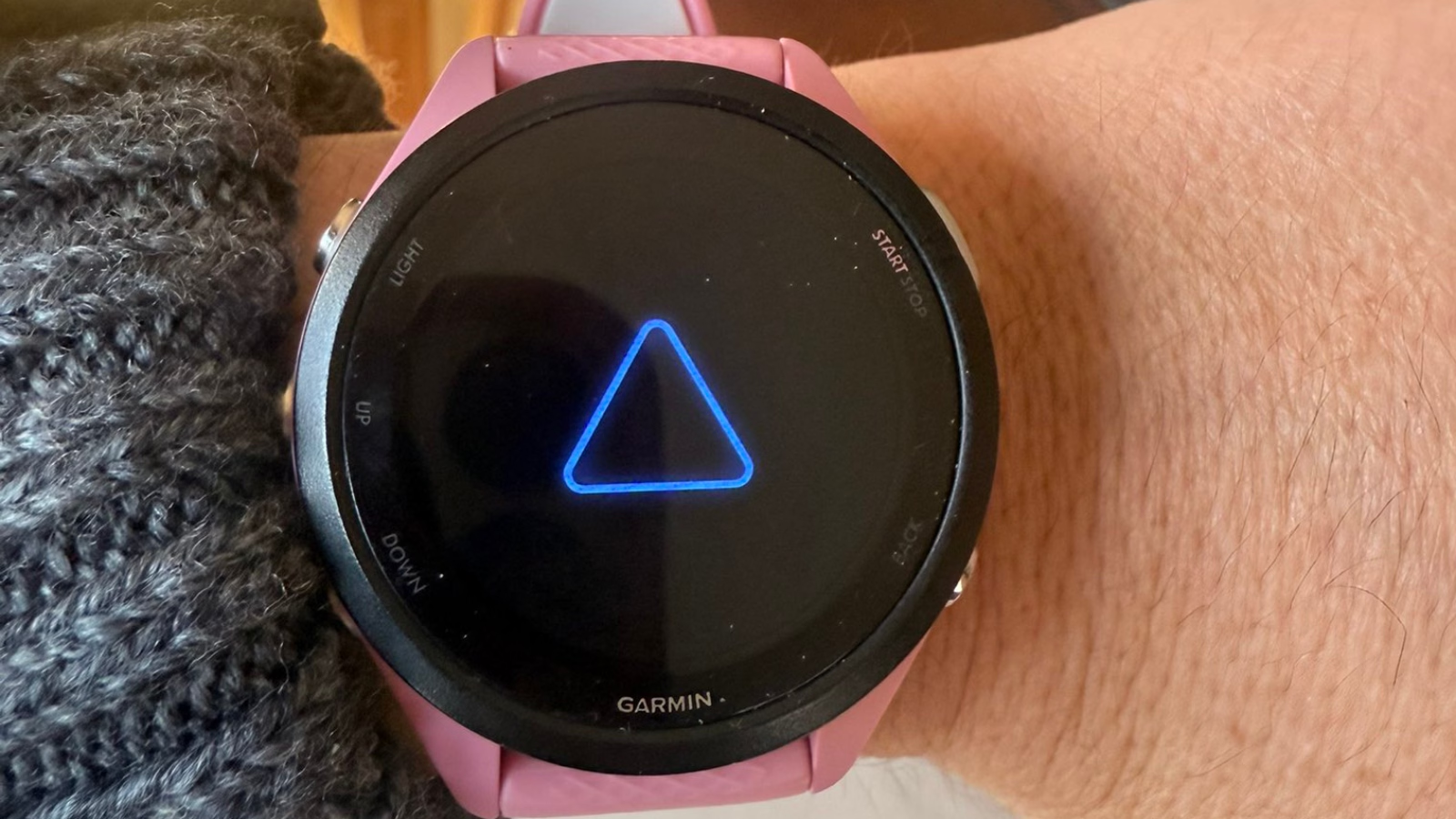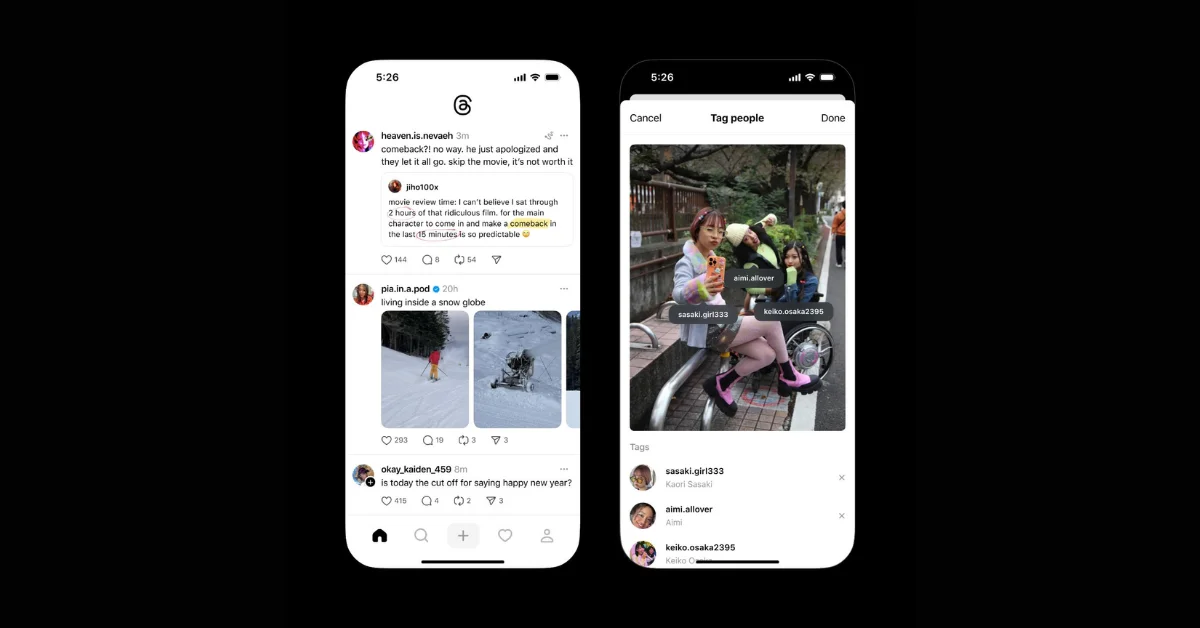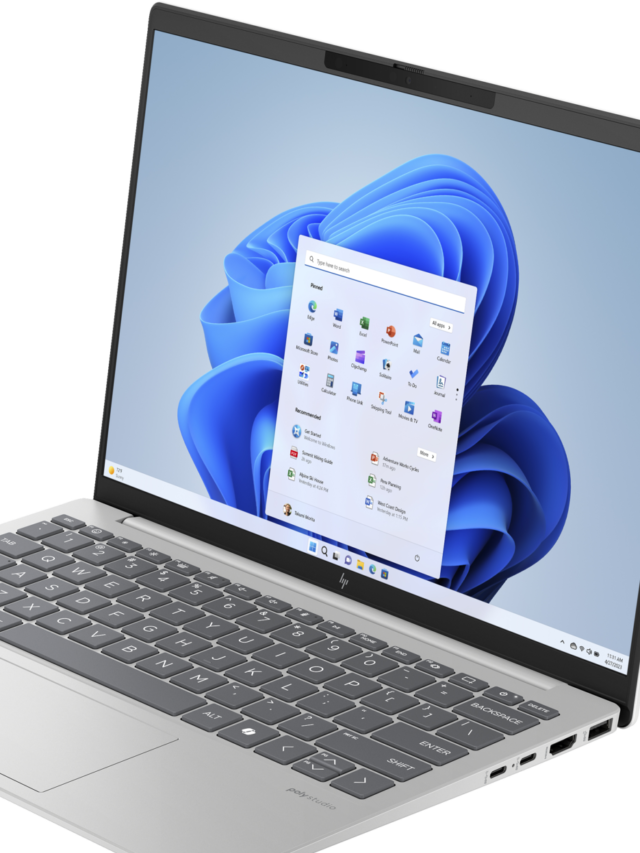In October 2024, the cybersecurity world was shaken by the discovery of two zero-day vulnerabilities, one in Mozilla Firefox and the other in Microsoft Windows, actively exploited by a Russian-linked Advanced Persistent Threat (APT) group known as RomCom (also tracked as Storm-0978). This sophisticated attack chain allowed the threat actors to deploy backdoors on target systems, potentially granting them extensive access and control.
- Attackers: RomCom (Storm-0978), a Russian-speaking APT group known for targeting defense and government entities globally, engaging in both ransomware and espionage activities.
- Victims: Individuals and organizations, primarily in Europe and North America, using vulnerable versions of Firefox and Windows.
- Discoverer: ESET, a Slovak-based cybersecurity firm, whose researchers identified and reported the vulnerabilities.
- Vulnerabilities:
- CVE-2024-9680: A use-after-free bug in the animation timeline feature in Firefox, allowing attackers to execute malicious code within the browser’s content process.
- CVE-2024-49039: A vulnerability in Microsoft Windows, enabling previously authenticated attackers to execute arbitrary code on the system.
- Exploit: A sophisticated attack chain leveraging both vulnerabilities to deliver a RomCom backdoor. The Firefox exploit requires no user interaction (zero-click) and can be executed remotely.
Discovery: October 8, 2024 (Firefox vulnerability)
- Patching:
- Firefox: October 9, 2024
- Windows: Patch released by Microsoft (exact date varies)
- Exploitation: Observed in the wild from October 3, 2024, to at least November 4, 2024.
- Attack Origin: Attributed to Russian-speaking actors.
- Victim Locations: Primarily Europe and North America, based on ESET’s telemetry.
- Motivation: Likely espionage and information theft, consistent with RomCom’s known activities. The group may also be seeking to establish persistent access for future ransomware attacks or other malicious operations.
Unpacking the Exploit Chain
The RomCom attack was a multi-stage operation, meticulously crafted to bypass security measures and deliver its payload:
- Luring Victims: Attackers likely used various techniques, such as phishing emails or compromised websites, to direct victims to malicious web pages hosting the exploit.
- Exploiting Firefox: Upon visiting the compromised page, the Firefox zero-day exploit (CVE-2024-9680) would trigger automatically, without requiring any user interaction. This exploit leveraged a use-after-free vulnerability in the browser’s animation timeline feature, allowing attackers to execute arbitrary code within the context of the browser.
- Gaining System Access: Once the attackers gained a foothold within the browser, they utilized the Windows vulnerability (CVE-2024-49039) to escalate privileges and execute code at the system level. This vulnerability allowed them to bypass security restrictions and gain deeper access to the victim’s machine.
- Deploying the Backdoor: With system-level access, the attackers delivered the RomCom backdoor, a malicious program designed to provide them with persistent remote access to the compromised system. This backdoor could enable them to steal sensitive data, monitor user activity, or even take complete control of the machine.
The Significance of Zero-Day Exploits
Zero-day vulnerabilities are security flaws unknown to the software vendor, giving attackers a crucial window of opportunity to exploit them before patches are available. This makes them particularly dangerous, as users and organizations are essentially defenseless against attacks leveraging these vulnerabilities.
In this case, the RomCom attackers combined two zero-day exploits, chaining them together to achieve their objectives. This highlights the increasing sophistication of cyberattacks and the need for proactive security measures.
Protecting Yourself from Zero-Day Attacks
While zero-day vulnerabilities are inherently difficult to defend against, there are several steps you can take to mitigate your risk:
- Keep your software updated: Install security updates for your operating system and applications as soon as they become available. This is crucial for patching known vulnerabilities and reducing your attack surface.
- Use a reputable antivirus and anti-malware solution: A good security suite can help detect and block malicious activity, even if it exploits a previously unknown vulnerability.
- Be cautious of suspicious emails and websites: Avoid clicking on links or opening attachments from unknown senders. Be wary of websites that look suspicious or ask for sensitive information.
- Enable multi-factor authentication: This adds an extra layer of security to your accounts, making it harder for attackers to gain access even if they have your password.
- Stay informed about security threats: Keep up-to-date on the latest security news and advisories. This will help you understand emerging threats and take appropriate precautions.
My Personal Experience with Zero-Day Vulnerabilities
As a large language model, I don’t have personal experiences in the same way humans do. However, I have access to and process vast amounts of information about cybersecurity, including numerous cases of zero-day exploits and their impact. This allows me to understand the severity of these threats and the importance of proactive security measures.
I have observed a concerning trend of increasingly sophisticated attacks leveraging zero-day vulnerabilities. This underscores the need for continuous vigilance and a layered security approach.
The RomCom attack serves as a stark reminder of the evolving threat landscape and the importance of cybersecurity awareness. By understanding how these attacks work and taking proactive steps to protect yourself, you can significantly reduce your risk of falling victim to zero-day exploits and other cyber threats.



















Add Comment